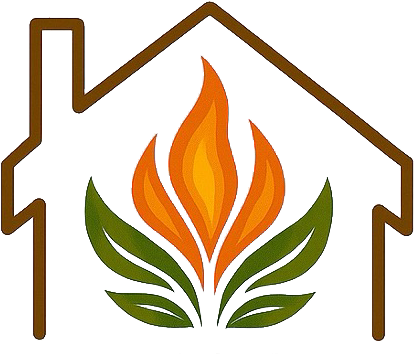In Northern California, wildfire season is no longer a question of if, but when. With increasingly dry summers and wind-driven fires, protecting your property means more than just crossing your fingers—it means creating defensible space.

Defensible space is the buffer zone between your home or business and the wild land that surrounds it. It’s not just a recommendation—it’s California law. And for good reason: it dramatically improves the chances that your structure will survive a wildfire.
Why It Matters So Much Here
Northern California’s rugged terrain, dense vegetation, and seasonal winds create a perfect storm for wildfire spread. Ember storms can travel miles ahead of the flame front, igniting dry grasses, shrubs, and even mulch beds around homes.
Without defensible space, embers have everything they need to turn a spark into a catastrophe.
Cal Fire studies show that properties with effective defensible space are 6x more likely to survive a wildfire. It’s a simple, proven strategy that saves homes, lives, and resources.
What Defensible Space Includes
To comply with California’s defensible space regulations (Public Resources Code 4291), property owners are required to:
- Clear flammable vegetation within 100 feet of all structures
- Prune tree limbs at least 6–10 feet from the ground and 10 feet from chimneys
- Create vertical and horizontal spacing between plants and trees
- Remove dead vegetation, pine needles, and dry debris from roofs and gutters
But even a well-maintained landscape can still burn under extreme conditions. That’s where Komodo Fire comes in. Read about how Elemental Land Management can use the natural and non-toxic fire retardant on your vegetation to protect your property in case of a wildfire.

